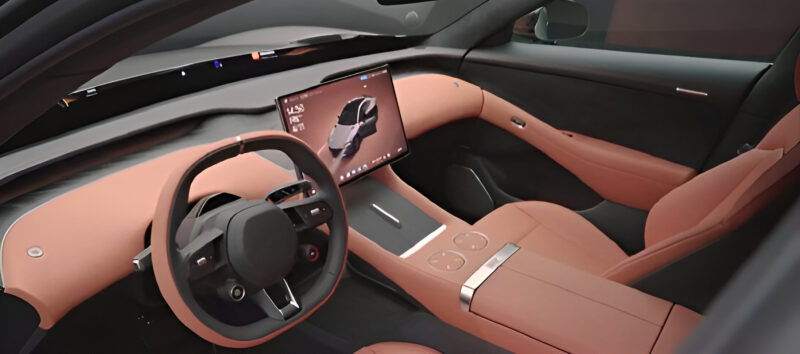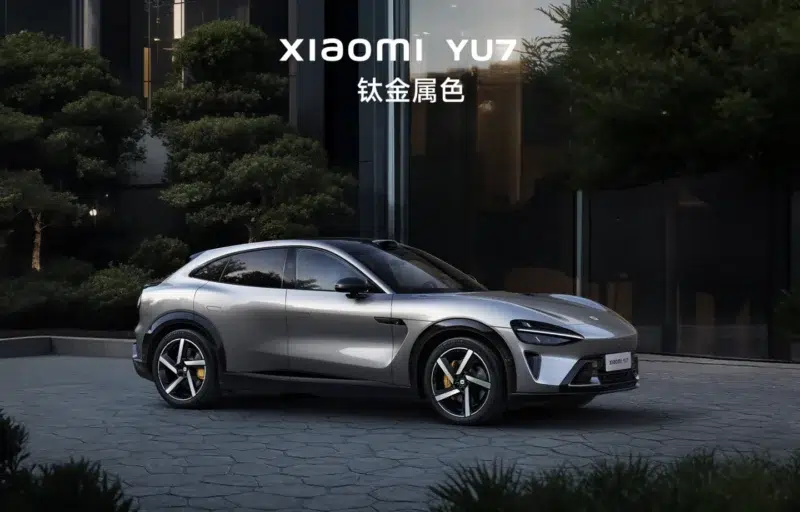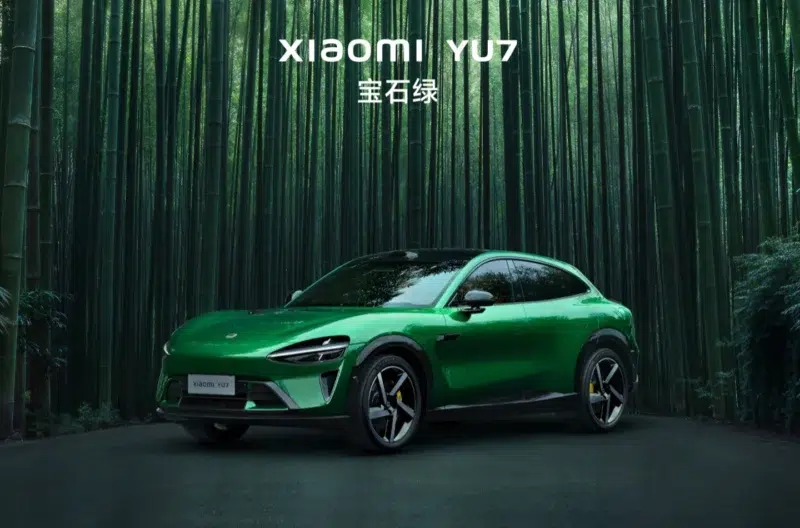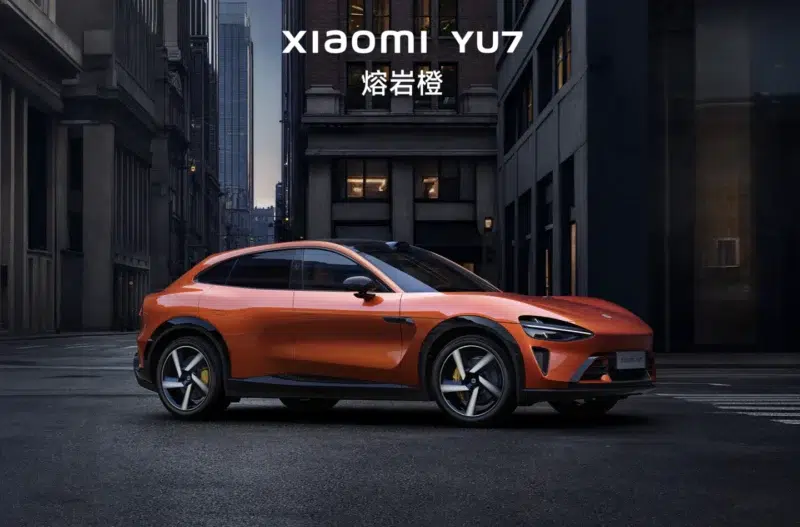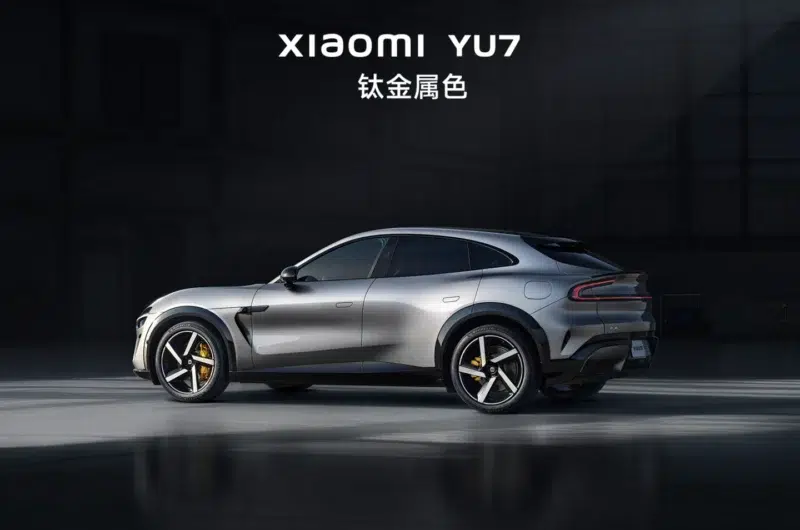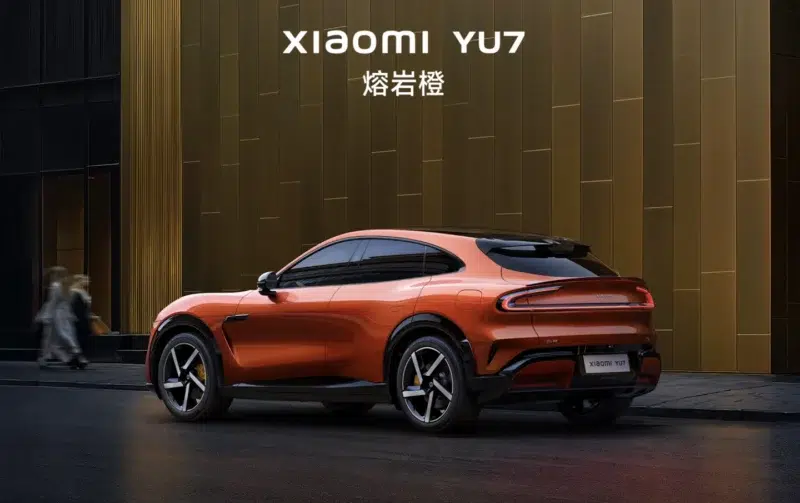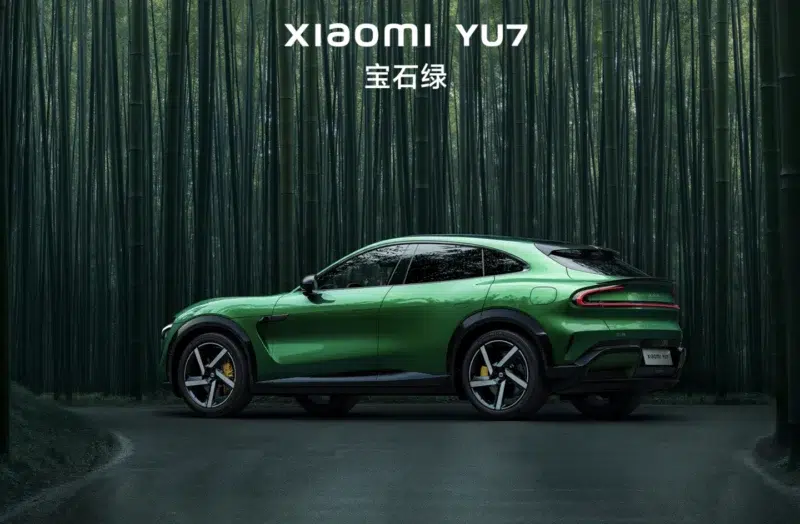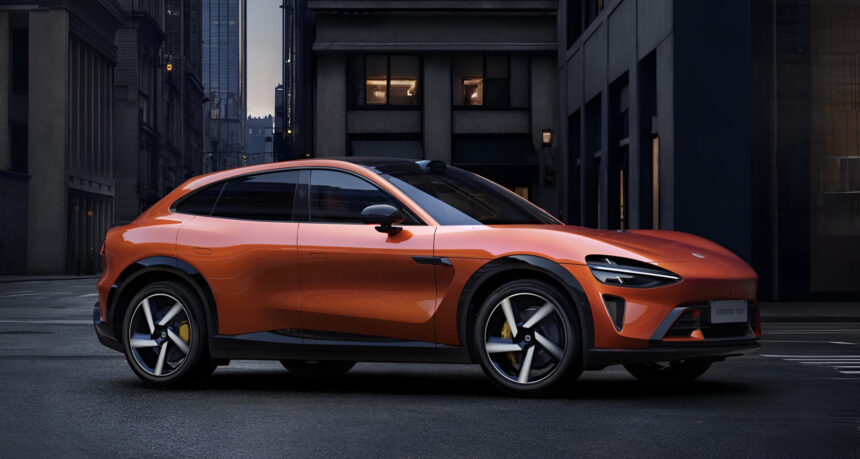On Xiaomi’s 15th anniversary, CEO Lei Jun unveiled the company’s inaugural electric SUV, the Yu7, solidifying another milestone in its automotive evolution after the successful introduction of the Su7 sedan. Xiaomi has reportedly shipped more than 258,000 units of its SU7 model, according to Lei’s confirmation. While the YU7’s pricing is expected to be announced during its official launch in July 2025, Lei dismissed a previously rumored starting price of 199,000 yuan (approximately $27,600), effectively keeping the details under wraps until the big reveal.
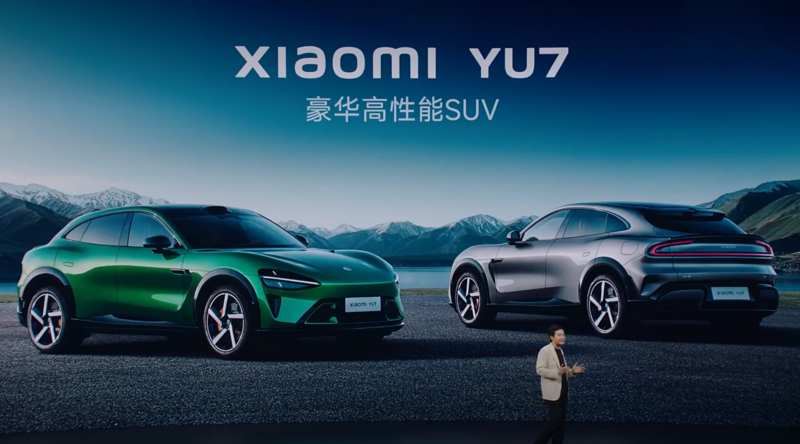
The YU7 is a mid-to-large-sized electric SUV built on the company’s Modena platform, boasting dimensions of 4,999 mm in length, 1,996 mm in width, and 1,608 mm in height, with a wheelbase of 3,000 mm. The vehicle is expected to be available in nine exterior colours, including a vibrant green inspired by the rich hue of Colombian emeralds, as well as bold options featuring orange and metallic titanium finishes. Weighing anywhere from 2,140 kilograms to approximately 4,660 kilograms, this variation depends on the specific configuration chosen. Our wheel selection offers a range of options in both 19- and 20-inch sizes.
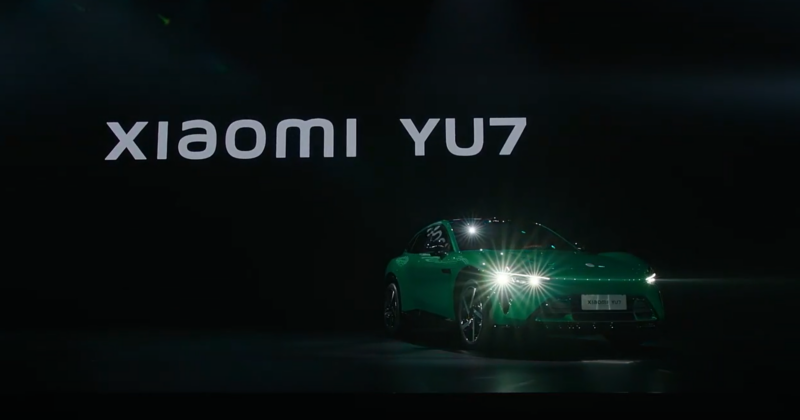
The vehicle is equipped with innovative interior features, including inward-folding electric door handles that seamlessly integrate ambient lighting, as well as advanced technology that utilizes UWB to facilitate contactless access via smartphones for both door and trunk entry. The interior of the cabin is upholstered in rich leather from top to bottom, boasting Nappa leather “zero-gravity” seats up front, which offer a luxurious 123-degree recline and 10 points of soothing massage functionality. Rear-seat occupants enjoy the luxury of 135-degree electrically adjustable seats, while also having access to a convenient 6.68-inch touchscreen display that provides real-time information on local weather, music, and navigation.
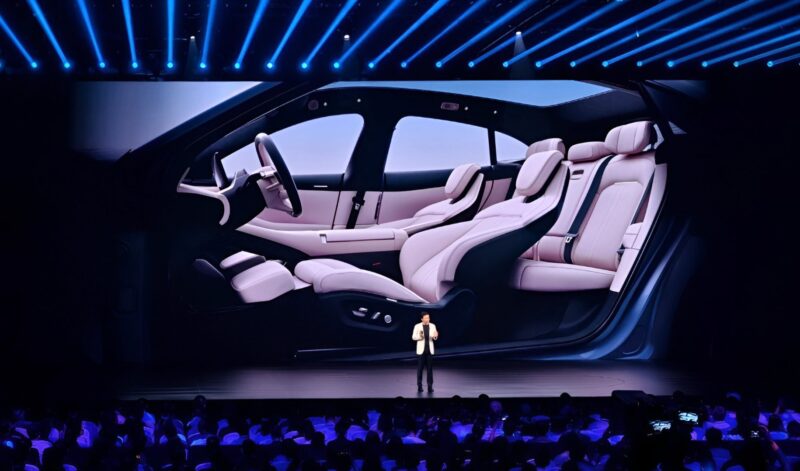
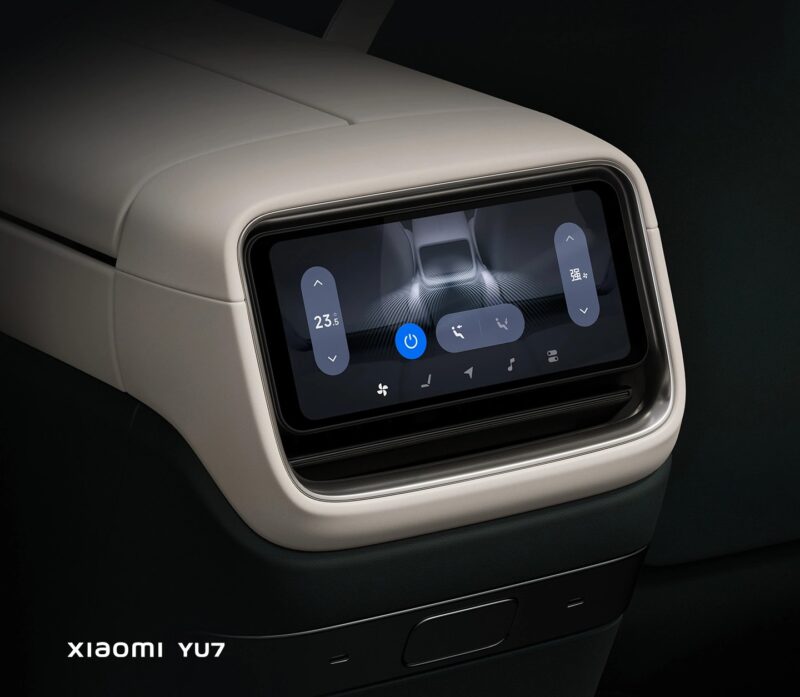
The dashboard features a slim 1.1-meter-wide “HyperVision” display, comprising three high-definition Mini LED screens boasting an impressive 108 pixels per degree (PPD) for unparalleled retinal clarity. The system seamlessly combines driving expertise, multimedia functionality, blind-spot imaging technology, and personalizable dashboards to create a comprehensive and intuitive experience. The vehicle boasts an integrated 4-in-1 area controller, seamlessly integrating cabin, assisted driving, automotive management, and communication functions. The device is powered by a Qualcomm Snapdragon 8 Gen 3 processor, fabricated on a 4-nanometer process, which enables rapid boot-up times of just 1.35 seconds and seamless over-the-air software updates within a mere 15 minutes.
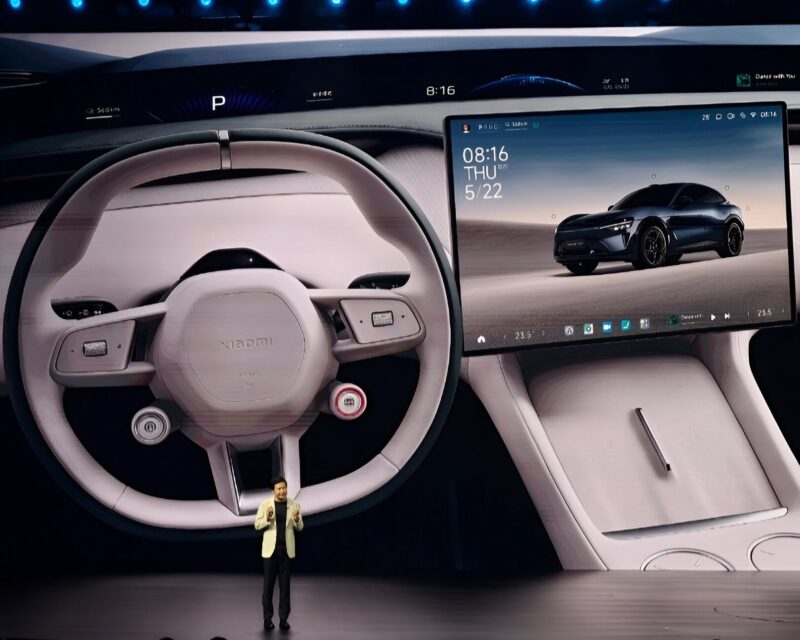
When discussing the powertrain options for the YU7, it is anticipated that this model will be offered with three distinct configurations.
- The electric sedan boasts a single 235 kW rear motor delivering 528 Nm of torque, accelerating from 0 to 100 km/h in an impressive 5.88 seconds and reaching a top speed of 240 km/h.
- Twin electric motors boasting a combined 365 kilowatts of power and 690 Newton-meters of torque enable acceleration from 0 to 100 kilometers per hour in just 4.27 seconds, while its top speed is electronically limited to a thrilling 240 kilometers per hour?
- Twin electric motors deliver a combined output of 508 kilowatts and 866 Newton meters, enabling a rapid acceleration from 0 to 100 kilometers per hour in just 3.23 seconds, with a top speed electronically limited at 253 kilometers per hour.
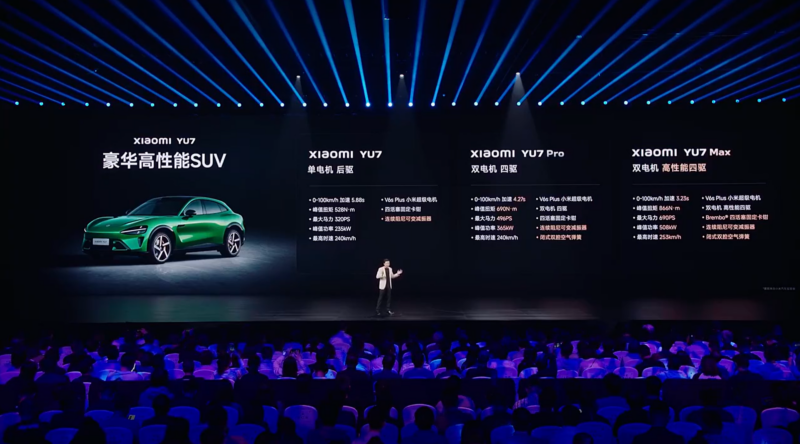
United Automotive Electronics supplies motors to various models, with the Max variant featuring a powerful 220-kilowatt front electric motor and a robust 295-kilowatt rear motor. Xiaomi’s 800V silicon carbide high-voltage platform supports all variants, which leverage V6s Plus motors to facilitate rapid recharging at speeds of up to 5.2C, potentially delivering an impressive 620km range within just 15 minutes.
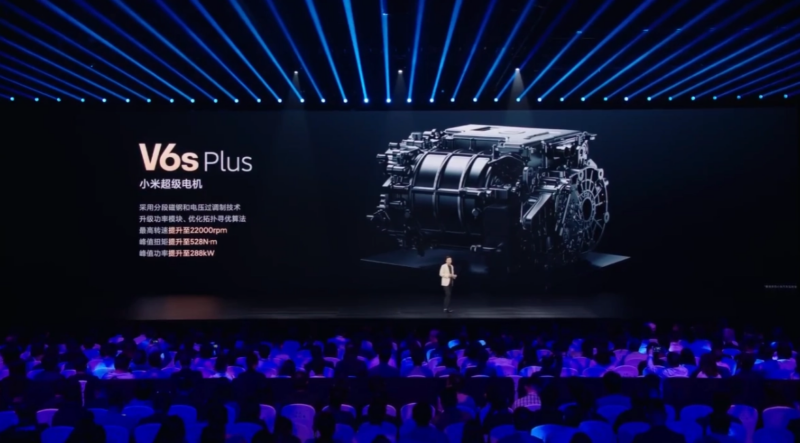
Battery configurations and charging loss to capacity (CLTC) estimates may differ, with various scenarios yielding the following results:
- RWD: The electric range of this model is backed by a substantial 96.3 kWh lithium-iron-phosphate (LFP) battery, allowing for a maximum driving distance of approximately 835 kilometers on a single charge.
- Professional all-wheel drive: boasting a robust 96.3 kWh lithium-iron-phosphate (LFP) battery and an impressive range of up to 770 kilometres.
- Max all-wheel drive: 101.7-kilowatt-hour nickel-cobalt-manganese battery, capable of delivering up to 760 kilometres of range.
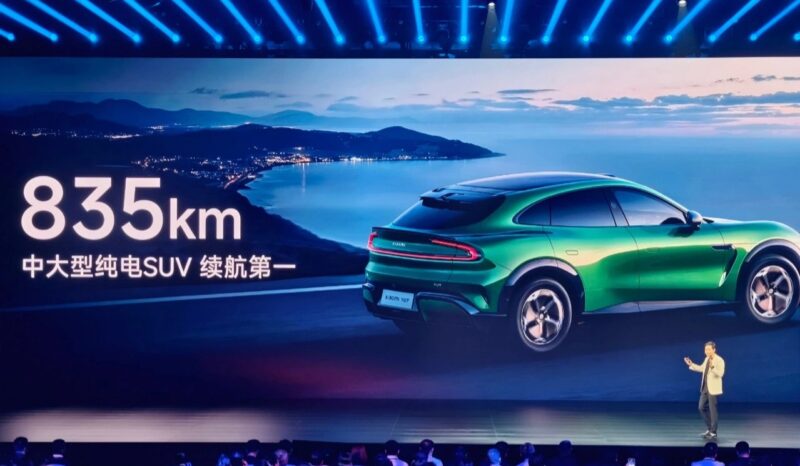
The automobile’s protection features boast a 2200 MPa ultra-high-strength metal integrated roll cage, co-developed with academic partners, coupled with a 20-in-1 aluminum die-cast front end and an armour cage composed of steel-aluminum hybrid material. The battery pack is encased in a reinforced shell, further fortified by a bullet-resistant coating. Xiaomi has conducted more than 50 thorough vulnerability assessments to bolster its passive security measures. The A- and B-pillars have undergone additional structural enhancements.

All normal modes on all Hyundai Venue 7 (YU7) variants feature lidar sensors, combined with Nvidia Drive AGX Thor’s 700 TOPs processing power, complemented by four-dimensional millimetre-wave radar technology and advanced low-light-coated glare-free cameras. Xiaomi has leveraged its in-house expertise to develop an end-to-end assisted driving system, a pivotal component of its broader automotive innovation strategy.
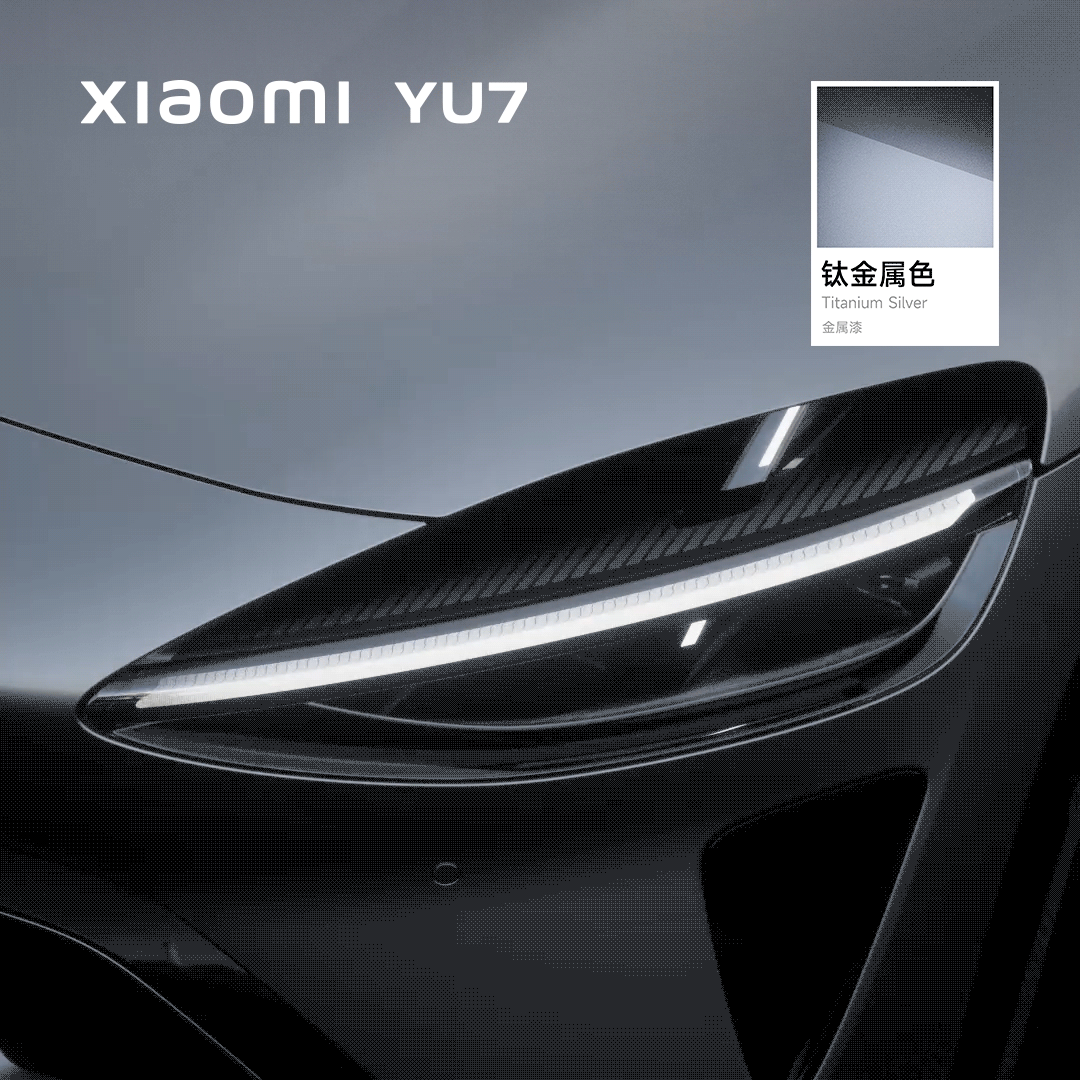
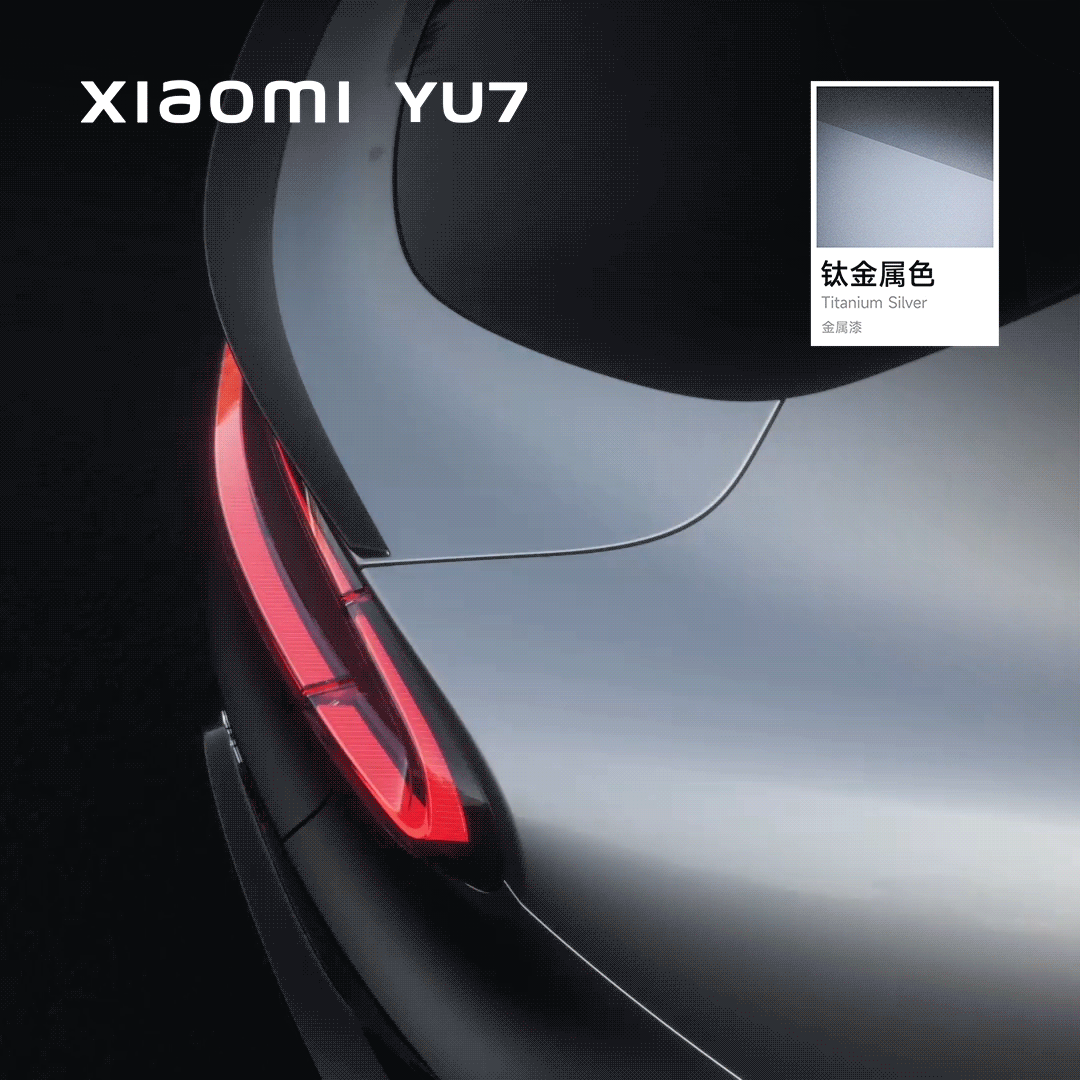
The YU7 was originally planned to make its debut at the Shanghai Auto Show in April, but its launch was subsequently postponed following a fatal accident involving one of Xiaomi’s self-driving test vehicles. Security assessments of internal communication systems and external messaging strategies have been temporarily suspended.
